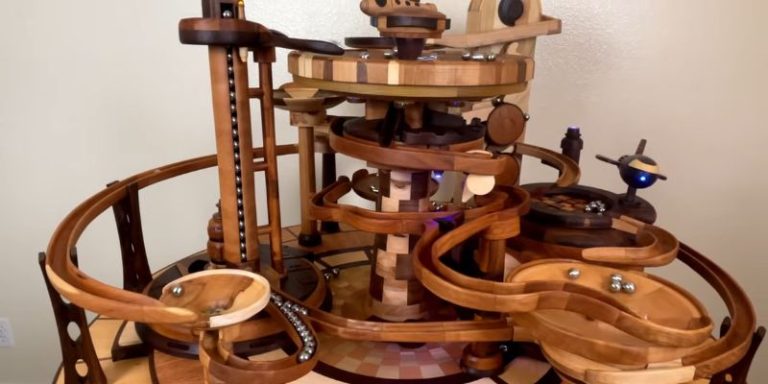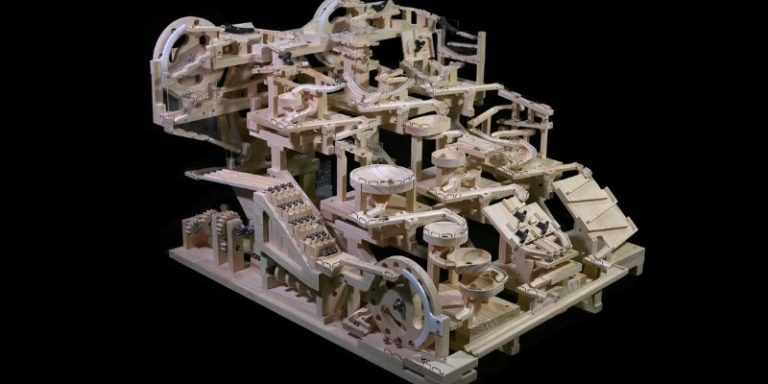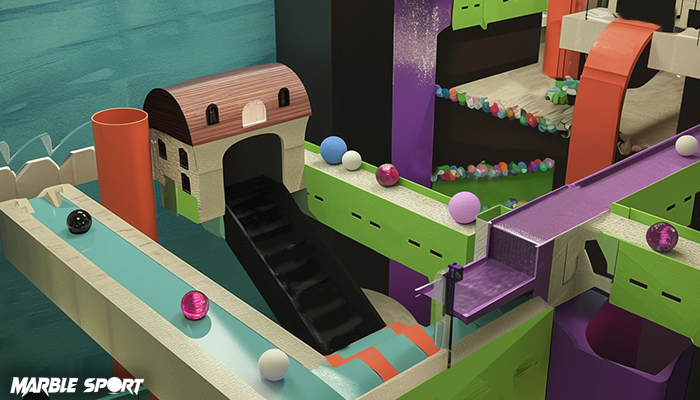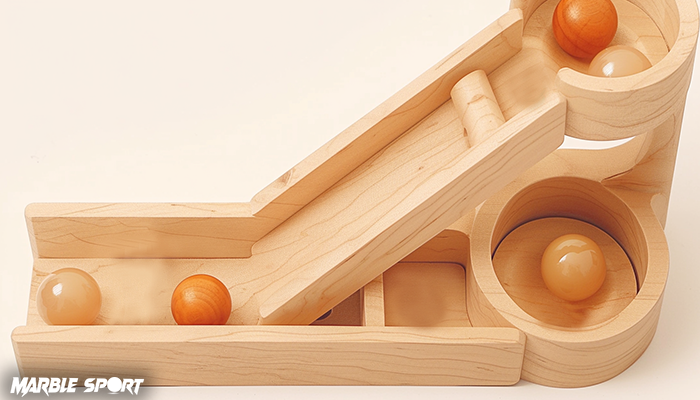How to Make the Slowest Marble Run Race Ever
So you wanna know how to make the slowest marble run possible? Weird flex, but OK! Most people are out there trying to make marbles zoom down tracks at lightning speed, but there’s something oddly satisfying about watching a marble take its sweet time. After watching a marble take nearly 3 minutes to complete a homemade track (it seemed broken at first!), it’s easy to get hooked on the slow-marble challenge. It’s weirdly addictive and actually teaches way more about physics than those 3-second speed runs.
Understanding Why Marbles Move
Let’s keep this simple – marbles roll downhill because… gravity. But they slow down because of friction and other stuff getting in their way. The trick is finding that sweet spot where the marble keeps moving but juuuust barely. Too much slope? Zoom, too fast. Too flat? Dead stop. Too much friction? Same problem.
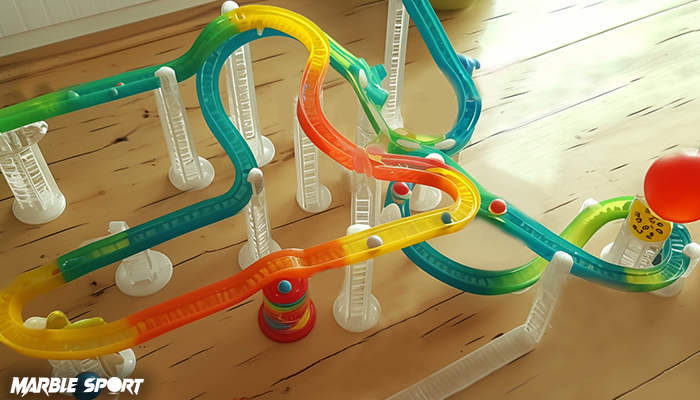
You need juuust enough slope to overcome the friction you’re creating. Most 8-year-olds intuitively get this balance – one kid called it the “snail zone” – and honestly, that’s as good a term as whatever a college physics professor would use.
Grab This Random Stuff From Around Your House
You don’t need fancy equipment for this project. Raid your recycling bin for cardboard tubes and box lids. Split a pool noodle or foam pipe insulation lengthwise (makes a perfect channel). Old felt, fabric scraps, silicone baking mats – all amazing for slowing things down.
Masking tape, hot glue gun, scissors. If you’re looking to level up with some purpose-made pieces, check out best places to buy marble runs that have adjustable track elements. The best setups usually mix DIY stuff with a few key “real” pieces thrown in.
Planning Your Slow-Motion Masterpiece
Forget straight downhill tracks – they’re speed demons. Instead, think maze-like paths. Zigzags. Long, gently sloping spirals. When figuring out how to make the slowest marble run for a science project, many builders discover that barely-there slopes with lots of direction changes work best.
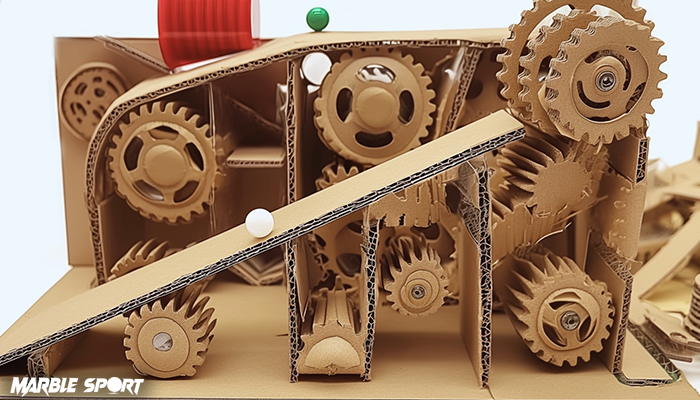
Sketch something out if you’re feeling fancy, or just wing it like most kids do. Just remember – every time you make your marble change direction, you’re killing its momentum (in a good way). Switchbacks are your friend.
Friction is Your BFF
Wanna slow a marble down? Make it work harder to roll. Line parts of your track with felt, microfiber cloths, or even sandpaper for serious slowdowns. One happy accident many kids discover is that a slightly sticky surface dusted with a tiny bit of fine sand creates an amazing brake effect without stopping completely. Different marbles react differently too – glass ones roll faster than steel ones on most surfaces. Try creating what could be called a “molasses trap” using an old silicone pot holder – this simple addition can add 20+ seconds to a run time.
Obstacles That Drive Marbles Crazy
This is where the real fun happens. After watching who is Jelle Marble Runs on YouTube, lots of kids start copying some of their track ideas. Little seesaws where the marble has to build up enough weight to tip over. Mini “waiting rooms” where marbles circle around before finding the exit. Spiral funnels that take forever. A cool pendulum mechanism where the marble transfers to a swinging arm that eventually drops it onto the next section adds tons of time and looks super impressive. Just make sure whatever gets built actually lets the marble continue eventually.
Making the Finish Line Worth the Wait
After watching a marble creep along for minutes, you need a satisfying finale. Otherwise what’s the point? Those spiral coin funnels where the marble circles forever before dropping work perfectly. Old-school pinball-style ding bells are pretty satisfying too. Some creative builders have rigged up crazy xylophone-like contraptions using different length metal utensils that play little songs as the marble finally reaches the end. Totally worth the effort for the smiles it brings. The finish line celebration makes waiting through that long journey way more fun.
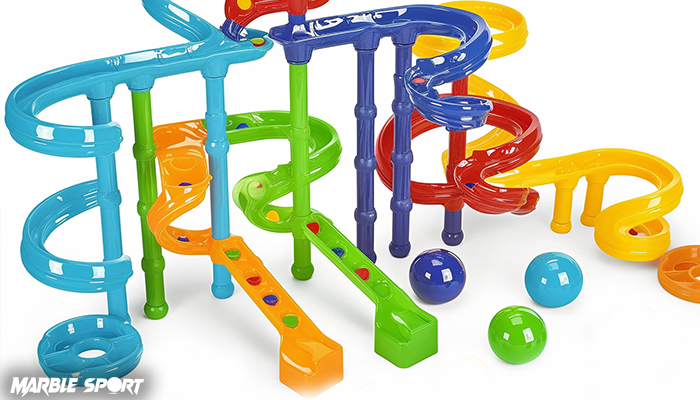
Different Ages, Different Approaches
Turns out what age is marble run for really matters when building slow runs. Four-year-olds get super frustrated if they can’t see the marble the whole time, so tracks for them need to be visible everywhere. Eight-year-olds are all about cause and effect – they love triggers and chain reactions. Teenagers often turn it into a competition to build parallel tracks that finish within seconds of each other despite taking different paths. Parents with engineering backgrounds have been known to get wayyy too into calculating the exact angles needed for consistent timing. Takes all types!
Test, Fail, Fix, Repeat
Here’s the brutal truth – a slow marble run probably won’t work right the first time. Or the fifth time. The current record-holder in one family (4 minutes 37 seconds!) took an entire weekend of tweaking. Marbles would get stuck, or suddenly speed up, or just disappear (some were found behind the couch months later). Keep a stopwatch handy and time each run. Too fast? Add more friction or reduce the slope. Stopping completely? Slightly increase the angle or smooth out that section. It’s like a weird puzzle that fights back, but so satisfying when it finally works right.
Throw a Weird Marble Party
After mastering a slow run, invite friends over for what will definitely be the nerdiest-but-coolest competition ever. Everyone builds a track with the same starting and ending points. Only rule: the marble can never completely stop moving. Whoever creates the slowest successful run wins. One family did this for a birthday party and expected kids to get bored after 20 minutes… they were still at it three hours later. The winning track took over 5 minutes and involved a detour through the refrigerator door (don’t ask). Record the races in slow-mo on your phone for extra laughs later.
FAQ about how to make the slowest marble run
What materials slow down a marble?
Cardboard, felt, foam board, and sandpaper are great for adding resistance.
How can I make the slowest marble run in the world?
Combine shallow slopes, spirals, rough surfaces, pendulum gates, and long layered tracks with high-friction materials.
